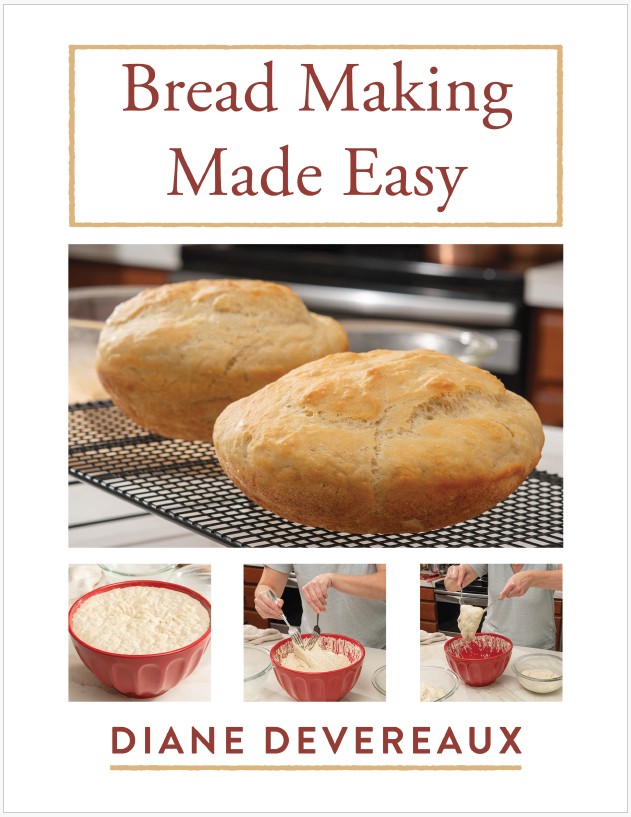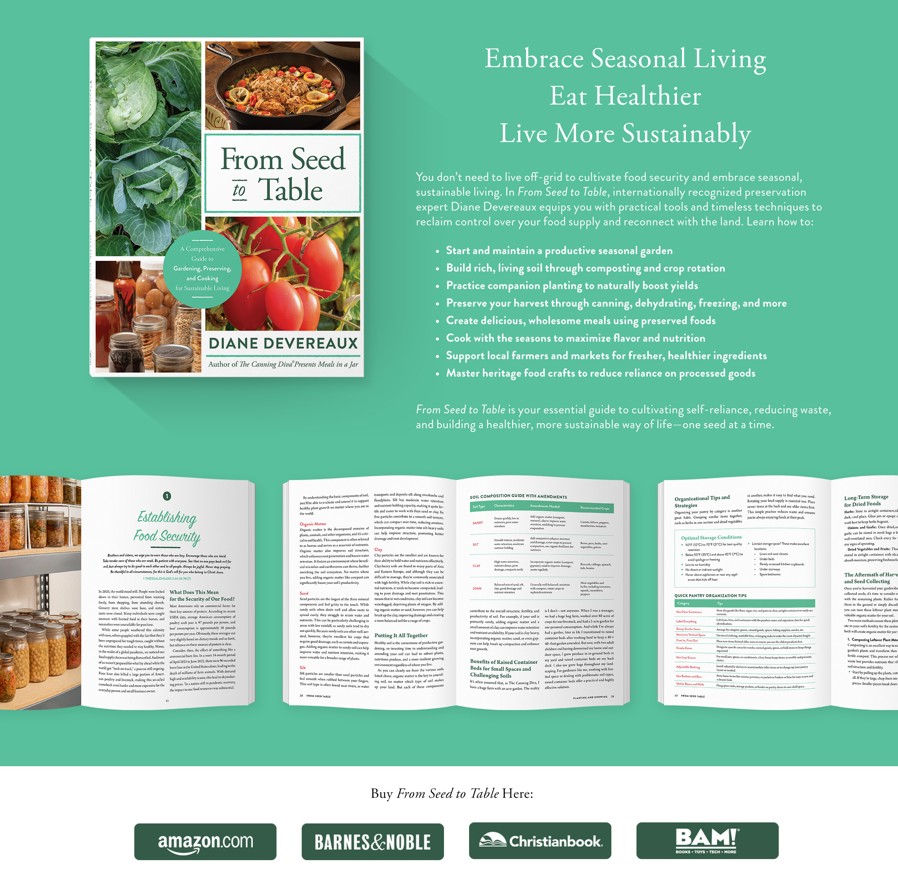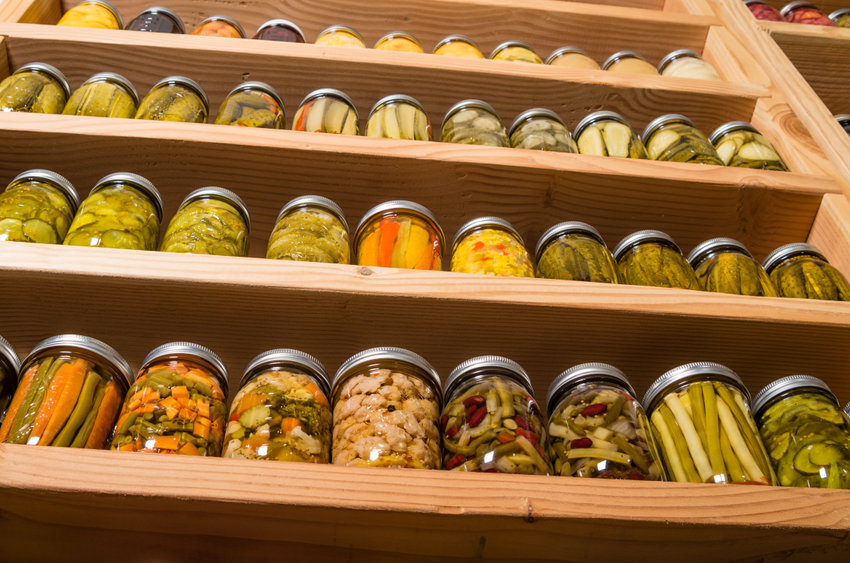Bread Making Made Easy Free eBook
Bread Making Made Easy is a free companion eBook that teaches home cooks how to bake simple, nourishing bread using practical techniques and approachable recipes. Designed for readers of The Canning Diva’s upcoming book From Seed to Table, this guide gives beginners and seasoned bakers alike the confidence to knead,…









